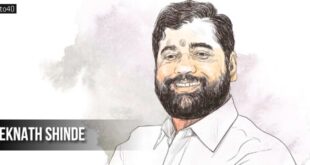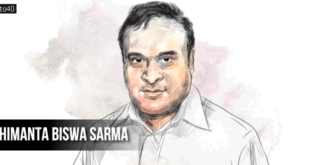Roger Randall Dougan Revelle, was a scientist and scholar who was instrumental in the formative years of the University of California, San Diego and was one of the first scientists to study global warming and the movement of Earth’s tectonic plates. The six-foot-four Revelle was often referred to as a “scientific giant”, both literally and figuratively. UC San Diego’s first college is named Revelle College in his honor. Revelle left Scripps in 1963 and founded the Center for Population Studies at Harvard University. In over ten years as director there, he focussed on the application of science and technology to the problem of world hunger. In 1976 he returned to UC San Diego as Professor of Science, Technology and Public Affairs (STPA) in the school’s political science department.
Revelle was instrumental in creating the International Geophysical Year (IGY) in 1958 and was founding chairman of the first Committee on Climate Change and the Ocean (CCCO) under the Scientific Committee on Ocean Research (SCOR) and the International Oceanic Commission (IOC). During planning for the IGY, under Revelle’s directorship, Scripps Institution of Oceanography (SIO) participated in and later became the principal center for the Atmospheric Carbon Dioxide Program. In July 1956, Charles David Keeling joined the SIO staff to head the program, and began measurements of atmospheric carbon dioxide at the Mauna Loa Observatory on Mauna Loa, Hawaii, and in Antarctica. In 1957, Revelle co-authored a paper with Hans Suess that suggested that the Earth’s oceans would absorb excess carbon dioxide generated by humanity at a much slower rate than previously predicted by geoscientists, thereby suggesting that human gas emissions might create a “greenhouse effect” that would cause global warming over time. Al Gore mentions Revelle as a personal inspiration in a segment of the Academy Award-winning global-warming documentary An Inconvenient Truth. In 1991, he was awarded the National Medal of Science by President George H.W. Bush. He remarked to a reporter: “I got it for being the grandfather of the greenhouse effect.”
In 1957, Revelle co-authored a paper with Hans Suess that suggested that the Earth’s oceans would absorb excess carbon dioxide generated by humanity at a much slower rate than previously predicted by geoscientists, thereby suggesting that human gas emissions might create a “greenhouse effect” that would cause global warming over time. Although other articles in the same journal discussed carbon dioxide levels, the Suess-Revelle paper was “the only one of the three to stress the growing quantity of CO2 contributed by our burning of fossil fuel, and to call attention to the fact that it might cause global warming over time.” Revelle and Suess described the “buffer factor”, now known as the “Revelle factor”, which is a resistance to atmospheric carbon dioxide being absorbed by the ocean surface layer posed by bicarbonate chemistry.
 Kids Portal For Parents India Kids Network
Kids Portal For Parents India Kids Network






